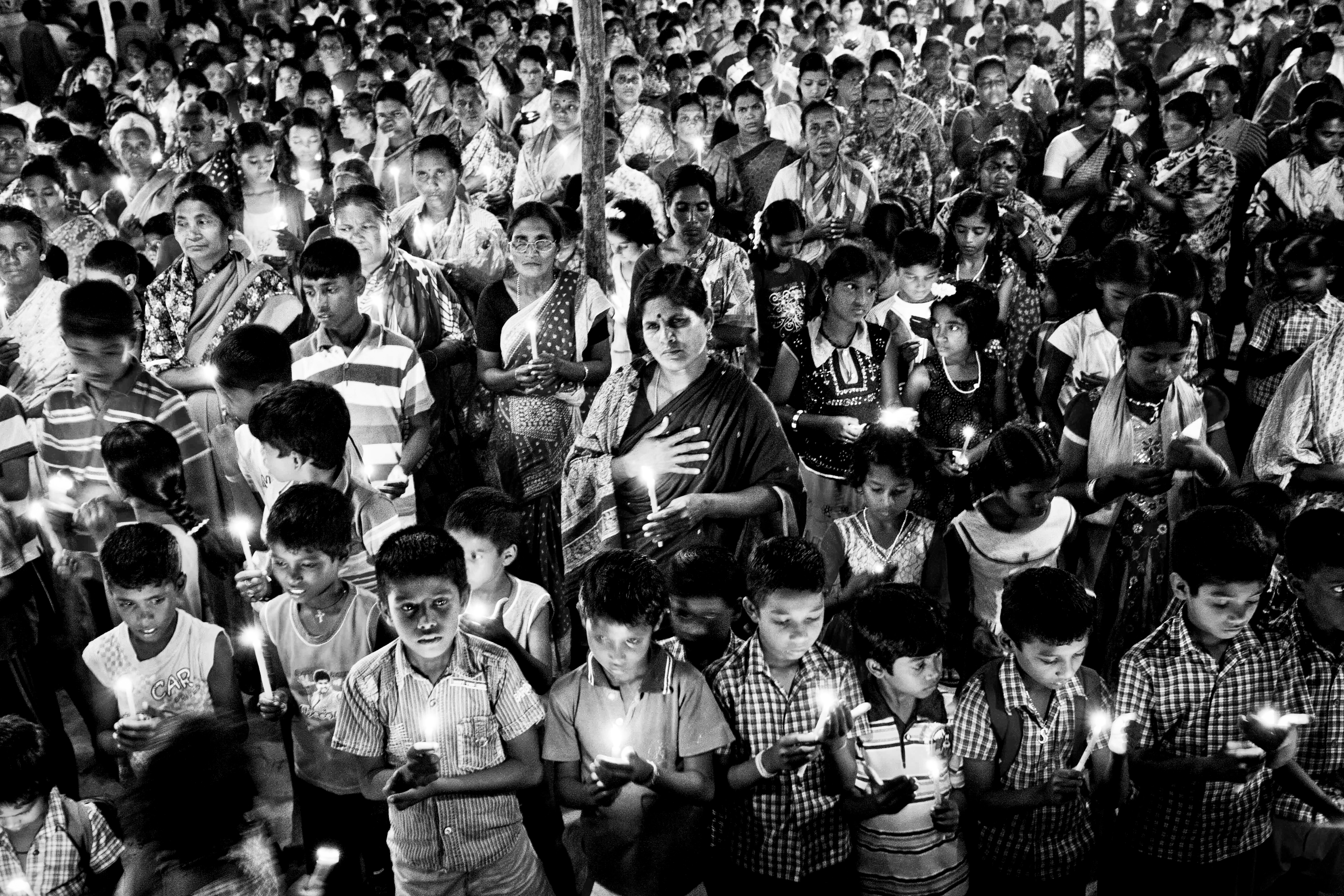When Prime Minister Jawaharlal Nehru was questioned on the secrecy around research for peaceful purposes, he admitted that he couldn't distinguish between peaceful and defense purposes. India was involved in developing the Nuclear Non-Proliferation Treaty, but eventually did not sign it. In 1974, under Prime Minister Indira Gandhi, the first nuclear weapon, nicknamed Smiling Buddha, was tested, after which her popularity soared. M.V. Ramana, The Power of Promise (Delhi: Penguin Random House India, 2012).
A DAE report projects that, by 2052, nuclear energy will produce 199 gigawatts of electricity. In 2022, production is at 6780 megawatts. The Comptroller and Auditor General noted in its 1999 report: “Against the targeted additional power generation of 940 MW by 1995–96, gradually increasing to 7880 MW by 2001 AD, the actual additional generation of power under the profile as of March 1998 was nil in spite of having incurred an expenditure of Rs 52,914.8 million” (Ramana, The Power of Promise).
Opposition to the plant began at the time of its proposal in 1979. In 1989, police fired at a May Day rally in Kudankulam, injuring seven, including a parish priest. Following the disaster at Fukushima, the protests began again in August 2011.
“Japan Nuclear Crisis: No nuclear accident in Fukushima, say Indian N-experts,” The Economic Times, March 15, 2011, ➝.
"Kudankulam protests: APJ Kalam suggests 10-point action plan on KNPP project," The Economic Times, November 7, 2011, ➝.
